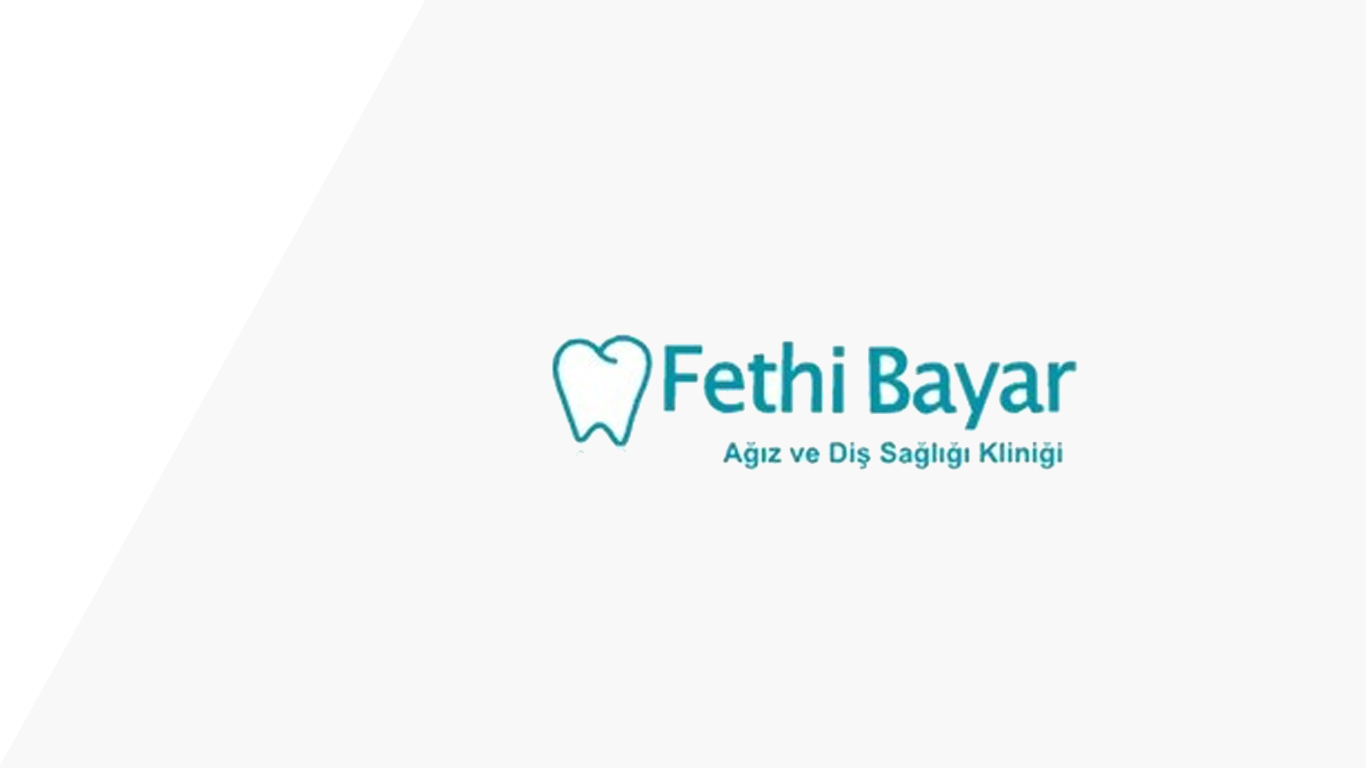Date of update: 2023-02-21 11:13:45
Periodontology (Gum Diseases)
Periodontology is the branch of science that studies the structures that hold the teeth in the jaw bones. These structures are gingiva, cementum (root surface), alveolar bone (jaw bones) and periodontal membrane.
Healthy gums are light pink in color, have an orange peel appearance and tightly surround the tooth. Even if there is no decay in the mouth, poor gum health can lead to tooth loss in the future.
The first stage of gingivitis is called "gingivitis". Gingivitis can be reversible with regular oral care and basic scaling. If simple inflammation of the gums progresses, it can lead to gum disease called "periodontitis", which can cause loss of the jawbone.
Causes of Gum Disease
Genetic Factors; Smoking, Hormonal changes, Poor Oral Hygiene, Drug use, Diabetes, Poorly made Crowns and Bridges, Malnutrition
Symptoms of Gum Disease; Itching and discomfort in the teeth, Inflammation from the gum pocket, Recession of the gums, shaking of the teeth, Black areas on the edge of the teeth and gums, Bad breath and bad taste in the mouth, Burning, redness, swelling in the gums, Stress and teeth grinding.
The first and most important symptom of gum diseases is bleeding gums. Healthy gums cannot bleed.

Are your gums bleeding?
If your gums are bleeding, you may have a gum infection or your gums are in danger of becoming inflamed. Keep brushing your teeth and contact your dentist. Do not share your toothbrush with anyone. This is how bacteria that cause tooth decay can be passed from person to person.
Help children brush their teeth. Children need help brushing their teeth until they are seven or eight years old. Help them use dental floss until they are ten years old. Show them how to brush their teeth after putting a small amount of fluoridated toothpaste on the brush. Children under six should use toothpaste with less fluorine in it. You can buy tablets from pharmacies that show where on the teeth there is still tooth dirt. You can also use mouth rinses to prevent tooth decay, but they are no substitute for careful brushing and flossing.
Treatment methods for gum disease
Professional Tartar Cleaning; Tartar and harmful tissues formed on the edge of the teeth and gums are removed. If tartar is constantly occurring in the mouth, tartar cleaning should be done regularly (every 6 months).
Curettage (Root Surface Smoothing); It is applied if tartar and harmful tissues cover the gum pocket and root surface. Tartar and harmful tissues on the root surface of the tooth are removed with a curette or laser and the gum is tightly wrapped around the root surface.
Flap Operation; If the stones and harmful tissues on the root surface cannot be removed sufficiently by curettage, that area is surgically opened. Harmful tissues and, if necessary, part of the gum are removed. If the bone loss in the opened area is too much, artificial bone graft or bone tissues taken from the patient can be placed during the procedure.
Treatment of Gum Diseases in the Early Stage is Important
The treatment of gum disease in the early stages is usually scaling and root planing.
In these stages, bacterial deposits and calculus are removed from the pockets around the teeth and the root surfaces are smoothed. With these procedures, bacteria and toxins that cause inflammation are removed from the mouth. These procedures applied in the early stages of gum diseases are usually sufficient for satisfactory results.
Surgical intervention may be required in more advanced cases. The purpose of surgical intervention is to remove tartar and diseased tissues in deep pockets, flatten the root surfaces for healing and shape the gums for easy cleaning. Periodontal patients should be seen periodically after treatment. The only way to maintain the positive results obtained with periodontal treatment is to brush the teeth, floss and regularly use chemical agents that remove bacterial deposits from the environment, and most importantly, to have your check-up at the intervals recommended by the dentist.
Things to Consider for Healthy Gums
Brush and floss properly every day, Eat a balanced diet, avoiding empty calories and very sticky foods,
Learn to examine yourself and do it routinely. This way you can catch the first signs of any oral or dental changes. Visit the dentist at least twice a year for check-ups and scaling.
